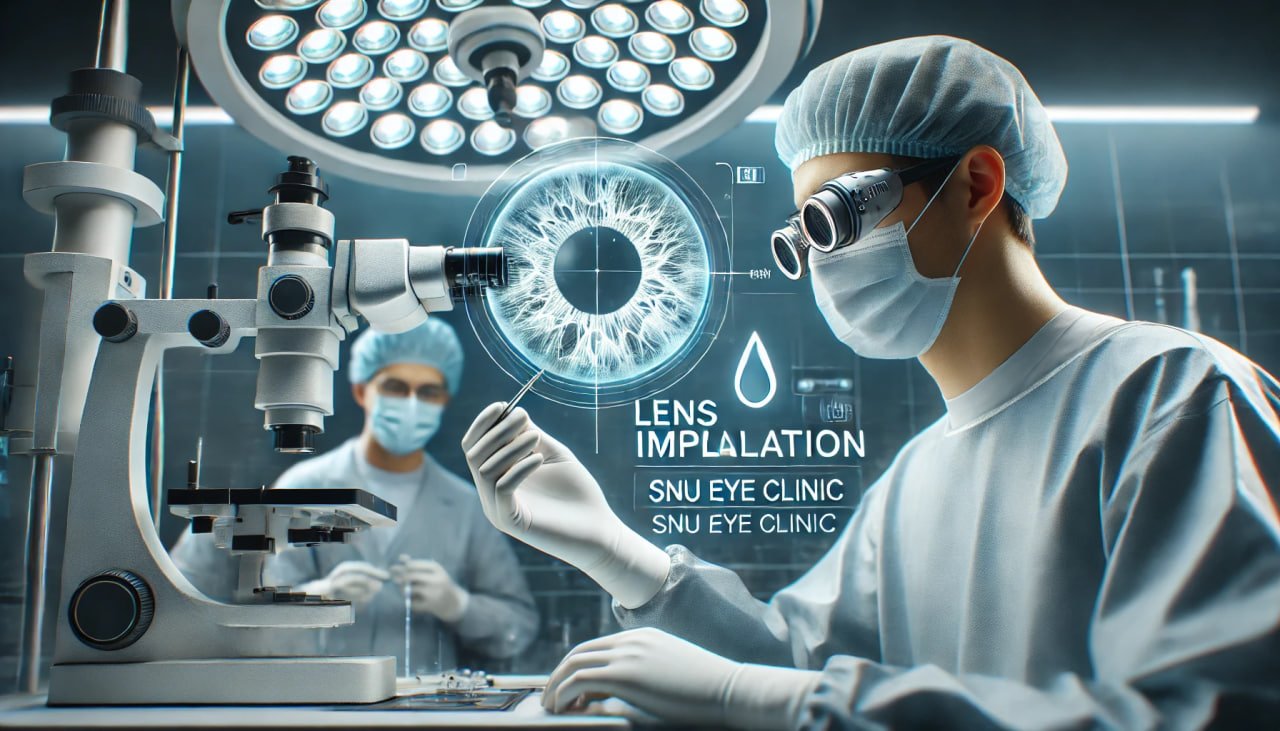LASIK surgery has become a popular solution for people seeking a permanent solution to their vision problems. At the SNU Eye Clinic in Seoul, patients have access to some of the best LASIK treatments available, including advanced techniques that provide lasting vision improvement. Whether you’re dealing with nearsightedness, farsightedness, or astigmatism, LASIK can offer a life-changing transformation, freeing you from the constant reliance on glasses and contacts.Visit for more details 서울 라식 병원 추천 SNU안과
What is LASIK Surgery?
LASIK, which stands for Laser-Assisted in Situ Keratomileusis, is a surgical procedure that uses a laser to reshape the cornea—the clear front surface of the eye—to improve focus. By altering the shape of the cornea, LASIK corrects refractive errors and allows light to focus properly on the retina, resulting in clearer vision. LASIK surgery is quick, effective, and minimally invasive, making it one of the most commonly performed eye surgeries worldwide.
Why Choose SNU Eye Clinic for LASIK Surgery?
Choosing the right clinic for your LASIK surgery is crucial for ensuring the best possible results. At the SNU Eye Clinic in Seoul, patients benefit from a team of skilled ophthalmologists who specialize in LASIK and other advanced vision correction procedures. The clinic uses the latest technology and techniques to provide personalized treatment that ensures optimal results for every patient.
The clinic offers a comprehensive consultation process that includes a thorough eye exam and evaluation to determine the best treatment plan. This ensures that each patient receives a tailored approach based on their specific needs and the level of their refractive error.
The LASIK Procedure at SNU Eye Clinic
The LASIK procedure at SNU Eye Clinic typically takes about 15 to 30 minutes per eye. The first step involves numbing the eye with special eye drops to ensure that the patient is comfortable throughout the procedure. The ophthalmologist then uses a laser to create a thin flap in the cornea, which is lifted to expose the underlying tissue. The laser is then used to reshape the cornea by removing tiny amounts of tissue, allowing light to be properly focused on the retina.
Once the cornea is reshaped, the flap is carefully repositioned, and the healing process begins. Unlike traditional surgeries, LASIK requires no stitches, and the recovery process is generally quick and pain-free.
Recovery and Aftercare
After LASIK surgery at SNU Eye Clinic, most patients experience an immediate improvement in their vision. The eyes may feel slightly dry or irritated in the initial days after the procedure, but these symptoms usually subside within a few days. Most people are able to return to their normal activities within 24 to 48 hours, though it’s important to avoid strenuous activities and protect the eyes from dust and water during the initial recovery period.
Patients are typically prescribed artificial tears to keep the eyes moisturized and prevent dryness. It’s also recommended to avoid rubbing the eyes, as this can interfere with the healing process. Regular follow-up visits to the clinic are essential to monitor progress and ensure the eyes are healing properly.
The Cost of LASIK Surgery at SNU Eye Clinic
The cost of LASIK surgery can vary depending on factors such as the complexity of the procedure and the technology used. At SNU Eye Clinic, patients receive detailed information about the costs upfront during the consultation. While the cost of LASIK may seem like a significant investment, many patients find that the long-term benefits of improved vision and the elimination of glasses or contacts make it a worthwhile decision.
Additionally, SNU Eye Clinic offers financing options and payment plans to help make LASIK more affordable for patients. The clinic also provides guidance on how LASIK surgery can affect year-end tax settlements, providing an extra layer of convenience for those considering the procedure.
LASIK vs. LASEK: Understanding the Difference
While LASIK is one of the most popular vision correction surgeries, it’s not the only option available. LASEK (Laser Epithelial Keratomileusis) is another laser eye surgery technique that is sometimes used as an alternative to LASIK. The primary difference between the two procedures lies in the way the cornea is prepared for the laser treatment.
In LASIK, a flap is created in the cornea, whereas in LASEK, the epithelial layer (the outermost layer of the cornea) is loosened using an alcohol solution and then repositioned after the laser treatment. While both procedures have similar outcomes, LASEK may be recommended for patients with thinner corneas or other specific conditions.
Conclusion
LASIK surgery at SNU Eye Clinic in Seoul offers a safe and effective solution for individuals seeking improved vision and the freedom from glasses and contacts. With advanced technology, experienced surgeons, and personalized care, the clinic ensures that each patient receives the best possible treatment. For more information about LASIK surgery, lens implantation, and other vision correction options, visit snuseoul.com and take the first step toward a brighter, clearer future.

